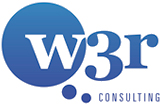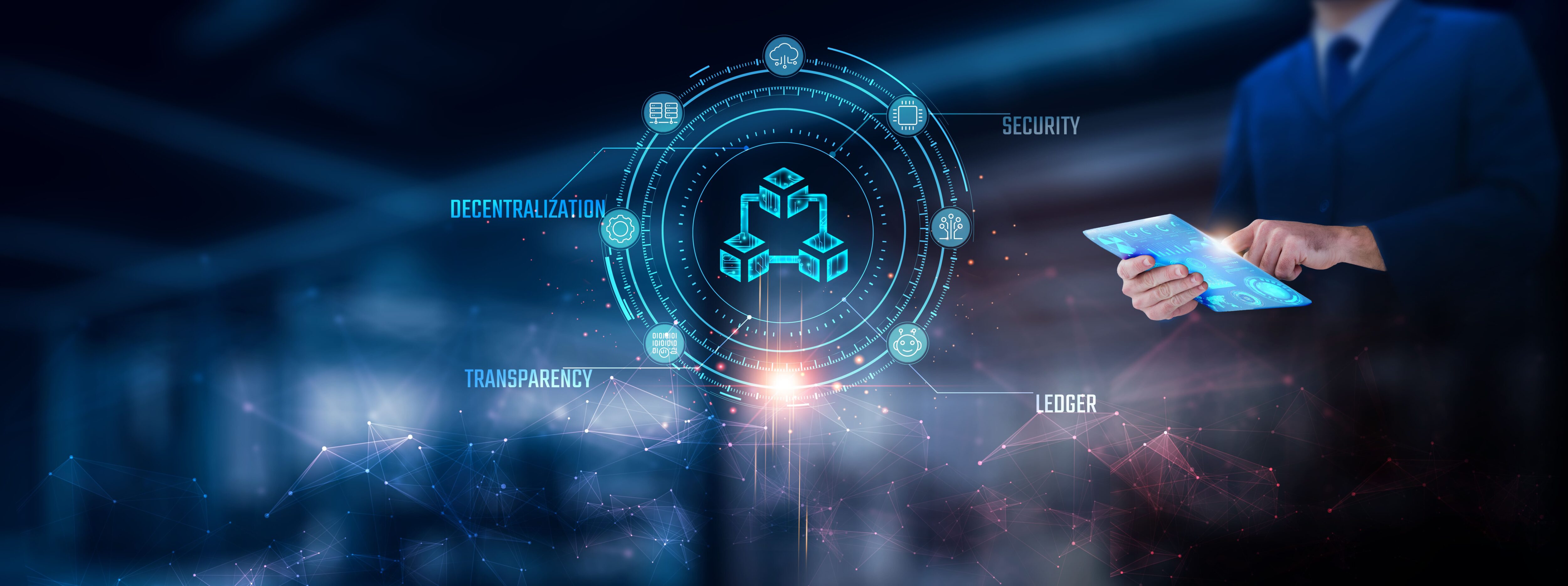What if you could reduce identity theft and fraud while also cutting costs? It may sound like a pipe dream, but decentralized identity management could give you the best of both worlds.
According to CFO, 75% of security officials have observed an increase in cyberattacks over the last year. Part of the reason for this rise is the use of artificial intelligence (AI) among cybercriminals. As a result, cybersecurity costs are expected to increase by 15% per year over the next two years.
Both of these challenges are prompting insurance companies to reexamine their identity management and access control infrastructure. By leveraging distributed ledger technology (DLT), decentralized identity management can provide a feasible solution for reducing costs and improving fraud detection and prevention.
What Is Decentralized Identity Management?
Decentralized identity management is a method of user and entity authentication that doesn’t rely on a centralized authority, creating fraud-proof credentials in the process. This framework achieves that level of hardened security using three pillars:
- Blockchain – There’s more to blockchain than buzz. Blockchain networks provide decentralized databases, shared across devices in a distributed ledger, which make changes or falsifications difficult to enact.
- Verifiable Credentials – In the physical world, credentials like government IDs with photos or identification numbers give officials confidence that you are who you claim to be. In the digital space, verifiable credentials can come in the form of cryptographically secure digital signatures that can provide verification of your identity.
- Decentralized Identifiers – These are unique cryptographically verifiable identifiers that exist outside of a centralized authority and contain no personally identifiable information. This means that users own, manage, and control these identifiers.
Decentralized identity takes a completely different approach to identity management, allowing users and organizations to control their identities bypassing these centralized authorities. Users manage and control their information, then share it selectively with those providers they choose. This creates a zero trust security framework, and identity verification can’t be controlled or depend on a single, centralized authority. What is driving the shift away from centralized identity management? For these systems to work, users must share personal details with a central authority before they can access relevant information and services. This requirement presents a number of risks to both users and insurance organizations:
- Risk of cyberattacks – Not only do centralized data stores make prime cyberattack targets, but a single breach exposes potentially millions or billions of sensitive data points.
- Lack of user control – Once users surrender their PII to an organization, they have limited control over their own data. This can result in unauthorized uses of that data and the dissemination of that data to unauthorized vendors or parties.
- Cost inefficiencies – The slow and expensive nature of identity verification and data sharing across entities can make centralized identity a cumbersome process.
By its very nature, decentralized identity management can help avoid these risks and provide a more secure, less expensive alternative.
How Can Decentralized Identity Management Reduce Overall Costs?
As insurance organizations face mounting cybersecurity threats and surges in fraudulent claims, the cost of dealing with those threats is also increasing. The distributed nature of decentralized identity management can lead to lower costs, offering much needed relief and flexibility. Here are some examples of how this plays out in practice.
Streamlined Systems
Decentralized identity management allows organizations to consolidate identity management platforms and verification services. Verifiable credentials and decentralized identifiers do away with the need for intricate systems and instead favor secure and clean credentials without complex rules and procedures.
According to Gartner, cloud data storage costs will total around $700 billion this year. By enabling users to retain possession of their data, decentralized identity management removes the need for massive secure data stores.
Improved Interoperability and Portability
Another benefit of decentralized identity management comes through improved interoperability among various systems. The healthcare interoperability solutions market is expected to grow 11.31% over the next five years, and the downstream impact on insurance companies will likely amount to higher spend.
By allowing the use of the same identity credentials across various applications and services, a major point for potential confusion goes away. In fact, decentralized identity management reduces redundancy, enabling greater interoperability and portability of digital identities across different and new systems and applications.
Reduced Cyberattacks
As mentioned above, companies with massive data stores are frequently the targets of cyberattacks. Given that the global average cost of a cyberattack is $4.88 million in 2024, removing this target can result in significant savings.
Organizations that adopt decentralized identity management do not have massive data stores of user data. Instead, users grant temporary access to only the specific data necessary for authentication.
Improve Compliance with Privacy Regulations
Decentralized identity management solutions have built-in privacy protections and controls. This improves compliance with various federal, state, and international regulations, as well as industry standards. By avoiding hefty noncompliance fees, organizations can significantly tamp down their costs.
How Can Decentralized Identity Management Reduce Fraud?
With instances of fraudulent claims on the rise, insurers need to embrace frameworks that can help to reduce the time, money, and effort it takes to uncover deceptive insurance cases. Since information is distributed across multiple users with decentralized identity management, criminals have a harder time forging identities. Here are a few of the mechanisms that assist in fraud reduction:
- Cryptographic encryption – When users register for a decentralized identifier, they receive two cryptographic keys (one private and one public). Criminals would not be able to pose as someone unless they have both the public and private key to confirm transactions and claims. This complex configuration is much harder to forge.
- Immutability – With every record stored on a distributed ledger, data cannot be altered without consensus across the network. As a result, there is an irrefutable audit trail organizations can follow to reduce fraud risk.
- Unique identifiers – Blockchain assigns each user a unique identifier, not only removing PII from the equation but making it difficult to create and manage large quantities of fake identities. That way, criminals have less information to fabricate plausible yet phony insurance claims.
- User control – Since users can control which data is shared with service providers, there’s less risk of exposure, making it that much harder for bad actors to commit fraud.
Final Thoughts
Solving the challenges of 21st century cybersecurity is more complicated than one solution, but decentralized identity management (paired with proper end user security, zero trust, and AI TriSM models) can remove several roadblocks to cost efficiency and user satisfaction.
Remember this: Cybersecurity is a holistic strategy that requires your organization as well as your partners to take careful, practical, and proactive steps to shield your data from exposure. When you work with w3r Consulting, you’ll find that we’ll prioritize your data security as much as our own.

